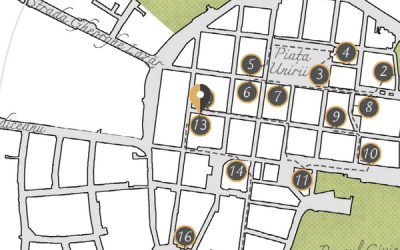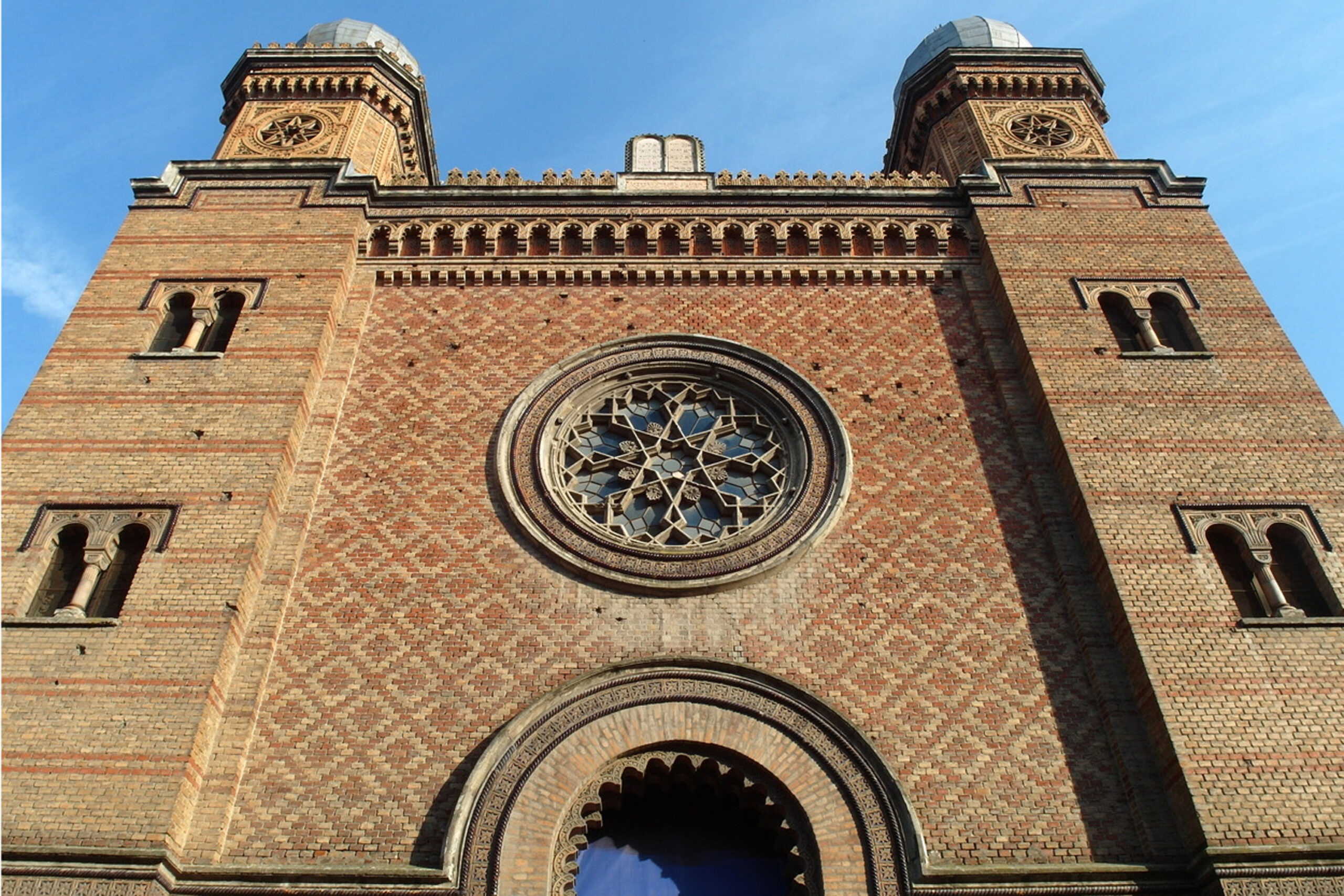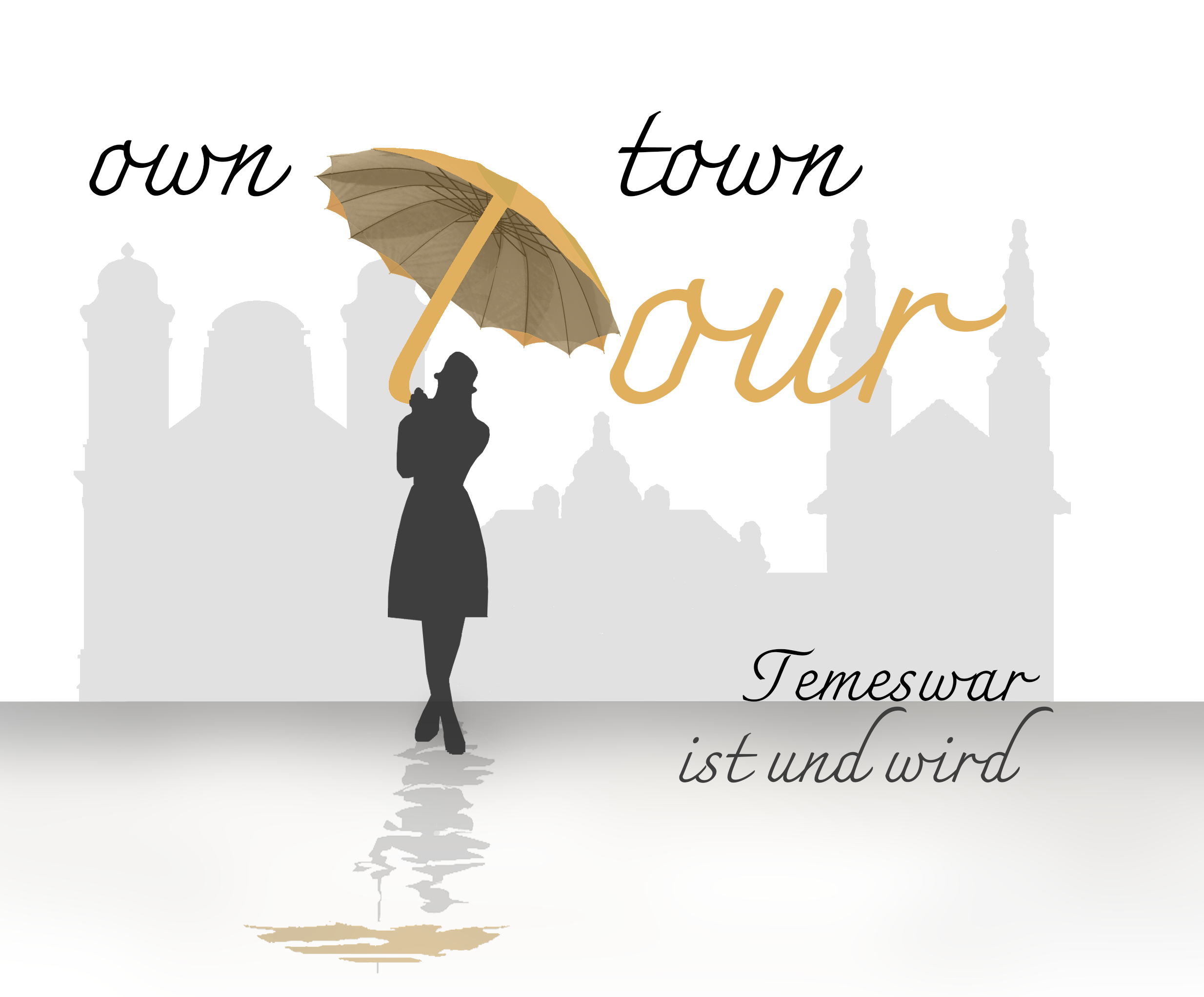Citadel Synagogue
Str. Mărășești, 6
1863 – 1865
Sacred buildings


A Long Tradition and New Splendour
The first Jewish residential quarter is bordered by the streets “Marasesti, Gheorghe Lazar, Emanoil Ungureanu and Eugeniu de Savoya”. Here, the origin of the Jewish community in Timisoara can be traced back to a small quarter, in which the city’s remaining Jewish inhabitants lived in three houses. These houses formed the core of what was later called the Jewish quarter.
In the time of the Habsburgs, there were Sephardic Jews in Timisoara, originally from Spain, Portugal, and North Africa, and Yiddish-speaking Ashkenazi Jews from German-speaking Western Europe, who had settled later.
Since the growing community quickly outgrew the first prayer room, construction of a new house of worship began in 1760 at the corner of today’s Marasesti-Str. and Gheorghe-Lazar-Str. The complex consisted of two synagogues (one for the Sephardim and one for the Ashkenazim), a ritual bath (mikvah), a school (heder), a kosher slaughterhouse, an inn and an infirmary.
In accordance with the restrictions against the Jews from the time of Maria Theresa, the synagogues were not allowed to be visible from the street front and had to be entered from the inner courtyard.
In 1849, during the siege of the Timisoara fortress by the Hungarian revolutionary army, the synagogues were severely damaged. Although they were repaired, they proved to be too small due to the growing community. An imposing community centre was built on the site of the old buildings, according to the plans of the architect Lipot Baumhorn and the construction supervision of Martin Gemeinhardt, and was inaugurated in 1906. With its bay windows and towers adorned with numerous plant and human ornaments, and also by the asymmetry of the façade, it is a prime example of the Secession style in Timisoara. The consecration, which was attended by dignitaries of all ethnic groups, given the multicultural diversity of Timisoara, heralded the heyday of Jewish life in Timisoara, which was to last until the interwar period.
Today, a small but active community meets in the rooms of the Jewish community centre. Festivals and conferences are held here, as well as cultural events that maintain the long tradition of Jewish life in Timisoara.
The end of the 19th century was ripe for the construction of a new synagogue, which was to serve as a place of worship for all Jews in the city centre after the unification of the two Jewish groups. The synagogue in the city centre was built according to the plans of the Austrian architect Carl Schumann and opened in 1865. It was inspired by the synagogue in Dresden built according to the plans of Gottfried Semper in 1840 with a Moorish interior and elements of Romanticism. In accordance with the size of the growing Jewish community in Timisoara and the equal status of its Jewish citizens from 1867, the building offered space for approximately 3,000 people and was thus not only one of the largest synagogues in Europe, but also one of the most beautiful.
A highlight and an important tribute to Jewish life in Timisoara was the visit of Emperor Franz Joseph I, who visited the synagogue during his stay in Timisoara in 1872.
In 1985, the synagogue was closed due to it being in a state of disrepair. After extensive renovation work, a celebratory reopening of the downtown synagogue took place in 2022, 150 years after the emperor’s visit.
Tour sights
- 1. Theresia Bastion
- 2. Lutheran Church
- 3. Union Square
- 4. Saint George’s Cathedral
- 5. Serbian Orthodox Cathedral
- 6. Miksa (Max) Steiner Palace
- 7. Brück House
- 8. Dicasterial Palace
- 9. Klapka Library
- 10. The “Guild Tree”
- 11. St. George's Square
- 12. Prince Eugene House
- 13. Citadel Synagogue
- 14. Liberty Square
- 15. Huniade Castle
- 16. National Opera House
- 17. Victory Square
- 18. Corso
- 19. Orthodox Cathedral
- 20. Piarist Ensemble
- 21. Reformed Church
- 22. Doja Street
- 23. Journey through Time
- 24. Rose Garden

